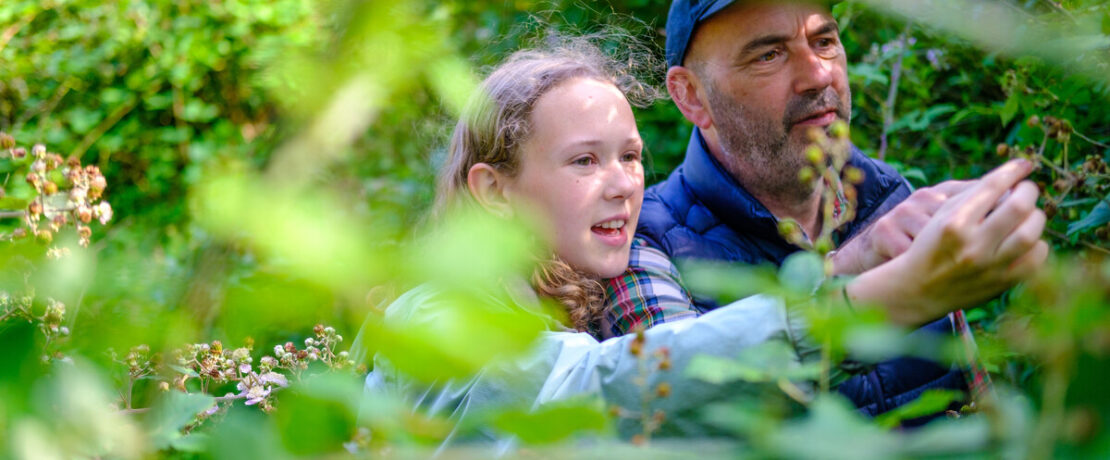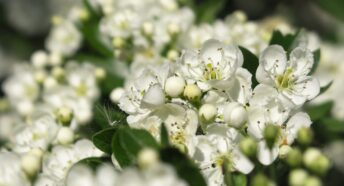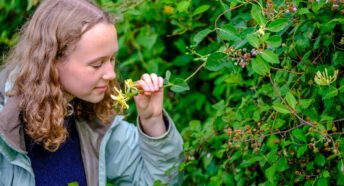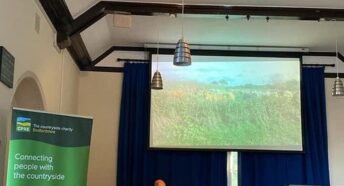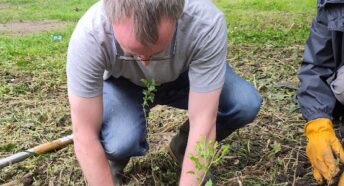What is a hedgerow?
This might seem like a silly question, after all we can all point a hedgerow if we see one, but is it that straightforward, or is there more to defining a hedgerow than meets the eye?
The latest in our bite size blog series explores some hedgerow related definitions to see what they can tell us about this familiar landscape feature.
The definition from Natural England adds some detail:
They add that the original hedgerow Biodiversity Action Plan definition was confined to ‘ancient and/or species rich’ hedges, however, it has now been expanded to include all hedgerows consisting predominantly (at least 80%) of at least one native woody species of tree or shrub. Climbing plants such as honeysuckle and bramble are recognised as integral to many hedgerows, but are not included in the definition of woody species.
When is a hedgerow defined as ‘important’?
A hedgerow is important, and is protected, if it’s at least 30 years old and meets at least one of these criteria:
- marks all or part of a parish boundary that existed before 1850
- contains a scheduled monument or other archaeological feature
- is completely or partly in or next to an archaeological site listed on a Historic Environment Record
- marks the boundary of an estate or manor or looks to be related to any building or other feature that’s part of the estate or manor that existed before 1600
- is part of a field system or looks to be related to any building or other feature associated with the field system that existed before 1845
- contains protected species listed in the Wildlife and Countryside Act 1981
- contains species that are endangered, vulnerable and rare and identified in the British Red Data books
- includes woody species and associated features as specified in the Hedgerow Regulations
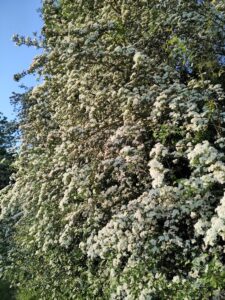
What else defines a protected hedgerow?
Location also matters. A hedgerow is protected if it’s on or next to:
- land used for agriculture or forestry
- land used for breeding or keeping horses, ponies or donkeys
- common land
- a village green
- a site of special scientific interest
- a local or national nature reserve
- land belonging to the state
What is the definition of a species rich hedgerow?
According to Buglife, species-rich hedgerows may be taken as those which contain 5 or more native woody species on average in a 30 metre length, or 4 or more in northern England and upland Wales.
What is an ancient hedgerow?
From Buglife again: ancient hedgerows, which tend to be those which support the greatest diversity of plants and animals, are generally defined as those which were in existence before the Enclosure Acts, passed mainly between 1720 and 1840 in Britain.
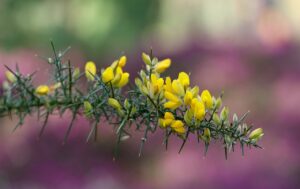
What is a woody species?
Woody plants are trees and shrubs whose hard stems and shoots are durable so that they can survive over a period of years. Examples include alder, blackthorn, gorse and willow.
